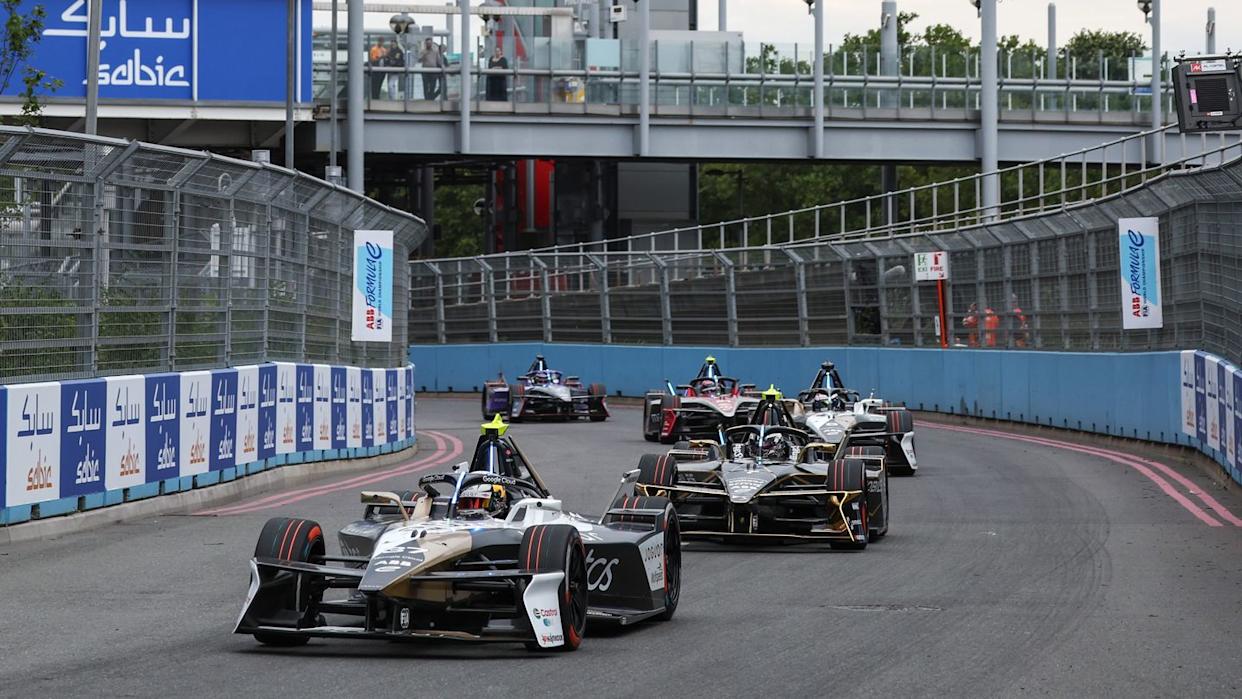
Formula E began in 2014 as an all-electric alternative to Formula 1–style racing, featuring open-wheel racing on city streets.
Formula E CEO Dodds is not so bold as to predict that Formula E and Formula 1 cars would ever seriously compete against each other.
Formula E might just be able to hold its own when Gen 5 kicks in about seven years down the road.
The ABB FIA Formula E all-electric open-racing series wrapped up its 11th season this past weekend in London. Oliver Rowland of the Nissan Formula E Team won the drivers' championship, TAG Heuer Porsche took the team title, and Porsche won the manufacturers' crown.
What might be more significant to the casual race fan, however, is that the series is quickly, and quietly, closing the performance gap on its big brother in Formula 1.
Just ask Formula E CEO Jeff Dodds.
Formula E began in 2014 as an all-electric alternative to Formula 1–style racing, featuring open-wheel racing on city streets. That first season—Gen 1 for those keeping score at home—was a little tough to take seriously at times. Maybe it was at least partially because of the near-silent whine of the all-electric engines that allowed fans to continue their conversations as the cars "roared" by.
Early Formula E just didn't always feel like high-performance, high-speed racing.
Then there was the hard-to-explain (to a new fan, anyway) the frantic car swap about 25 minutes into those early races. Okay, we have to admit that the early swapping of cars was still quicker and more exciting than pausing the race for a long electric charge or some sort of a battery swap.
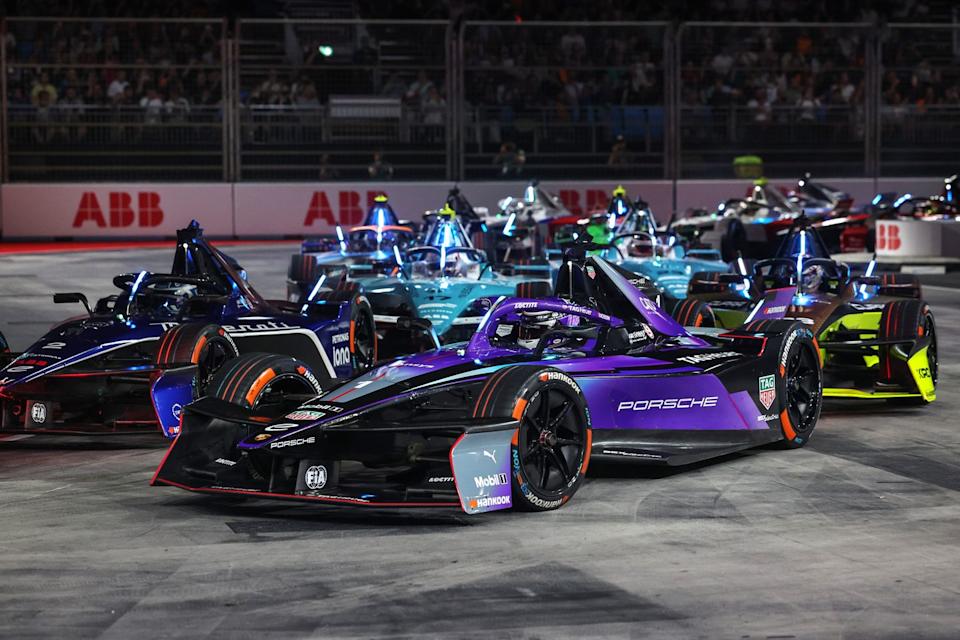
Fast-forward to the current Gen 3 cars, and battery lifespan in the series has practically doubled. Teams use the same car for the entire 45-minute race, and 30-second quick charges in the pits can provide a 600-kw charge that adds 10 percent to the battery capacity. (Since you were wondering, F1 pit stops are closer to 3 seconds).
Formula E continues to make technology leaps, and CEO Dodds is now predicting that Formula E cars will be able to compete with Formula 1 cars within the next seven or eight years.
"If you look at where we were in Generation 1, we were groundbreaking, but maybe it wasn't the most exciting racing to watch because the cars weren't very fast and you had to swap cars," Dodds says. "Where we are now in Gen 3 evo is very fast accelerating. But we'd like to see the lap times come down a bit, and we'd like to see the best racing drivers in the world saying, 'I am desperate to get in that car.'
"We think that's what we'll have in Gen 4."
The Gen 4 cars are already in the testing phase and expected to hit the track for the 2026–27 season. Dodds attended a test of that Gen 4 car in Italy earlier this month.

"The leap in performance between Gen 3 and 4 will be the biggest we've ever seen by a margin," Dodds says. "What is publicly known is that the Gen 4 car—which is already being tested in Italy as a mule car—will go from a max power output of 350 kilowatts to 600 kilowatts. The car itself will be permanent all-wheel drive.
"It's a bigger car, different aerodynamics, different characteristics, much higher top speed, much lower lap times, and still retaining 30 percent faster than a Formula 1 car in terms of acceleration. From a performance point of view, it's a massive jump. And as soon as we launch it, we will start thinking of Gen 4 evo and then the Gen 5 car.
"My best guess is that by Gen 5, we'll be able to go head-to-head with a Formula 1 car."
Dodds is not so bold as to predict that Formula E and Formula 1 cars would ever seriously compete against each other. But that doesn't mean that Formula E wouldn't be able to hold its own when Gen 5 kicks in, likely four to six years after the 2026–27 launch of Gen 4.
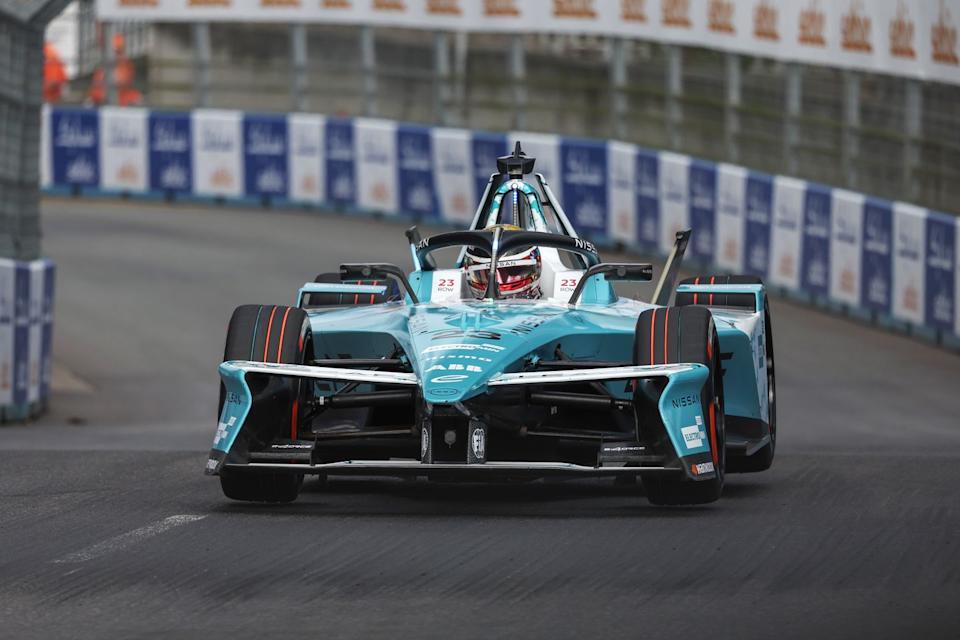
"The big addition for Gen 5 is the move to a solid-state battery, which removes a chunk of weight from the car," Dodds says. "That is the first point of which you may see head-to-head racing between Formula 1 and Formula E. Not that you'll ever see it because we're not on the track together, but a lot of people ask me that question. I've been proactively saying that's probably the first point."
Glad we asked.
"Those are the questions I get asked the most than what I care about most," Dodds says. "The first thing I care about most is compelling racing. If you just wanted to watch incredibly fast [electric] cars go around the track, just go for 12 McMurtry Spéirlings on the track, and watch them race around after each other.
"I think it has to be incredibly exciting and compelling racing for people to want to watch it. It's not all about top speed; it's not all about the lowest possible lap time. It's wanting a car that's attractive to drivers. We want the best drivers in the world looking at this car and saying, 'I want to be in that car, I want to race it.'
"It's about a car attractive to the OEMs, because obviously, a massive amount of development goes in from Porsche, Nissan, Jaguar, to optimize this car, and therefore, we want this car to feel attractive to them.
"We want it to be very attractive for the fans to watch."
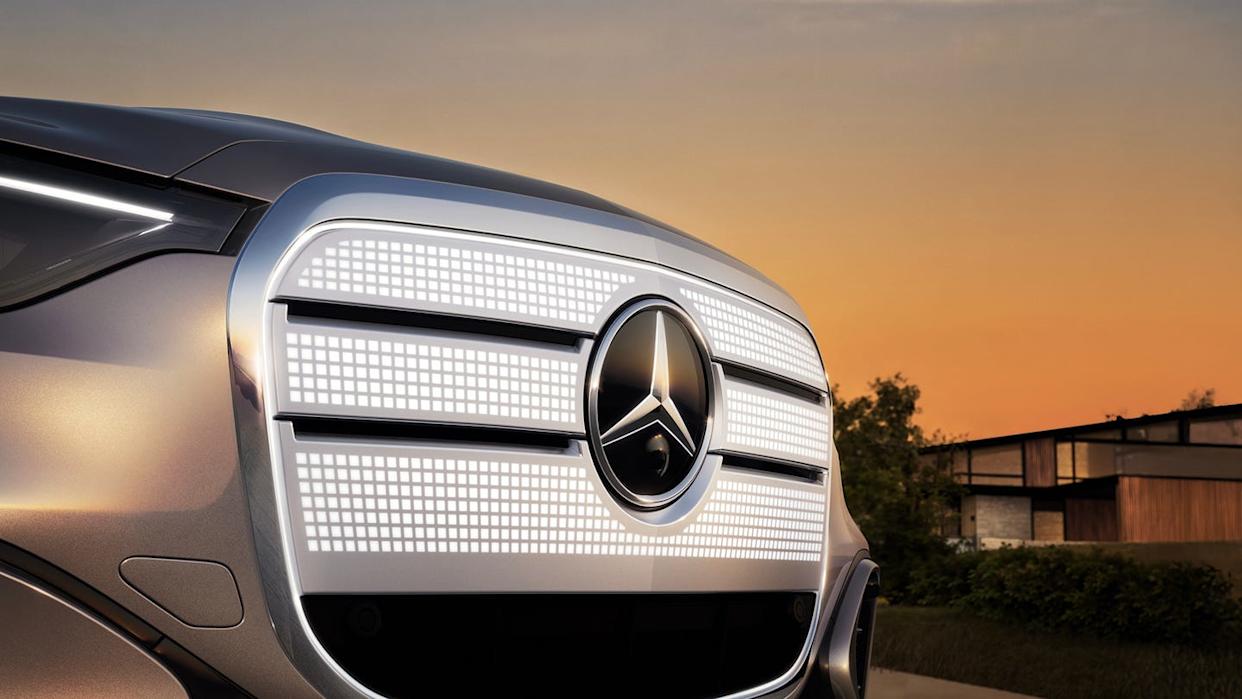
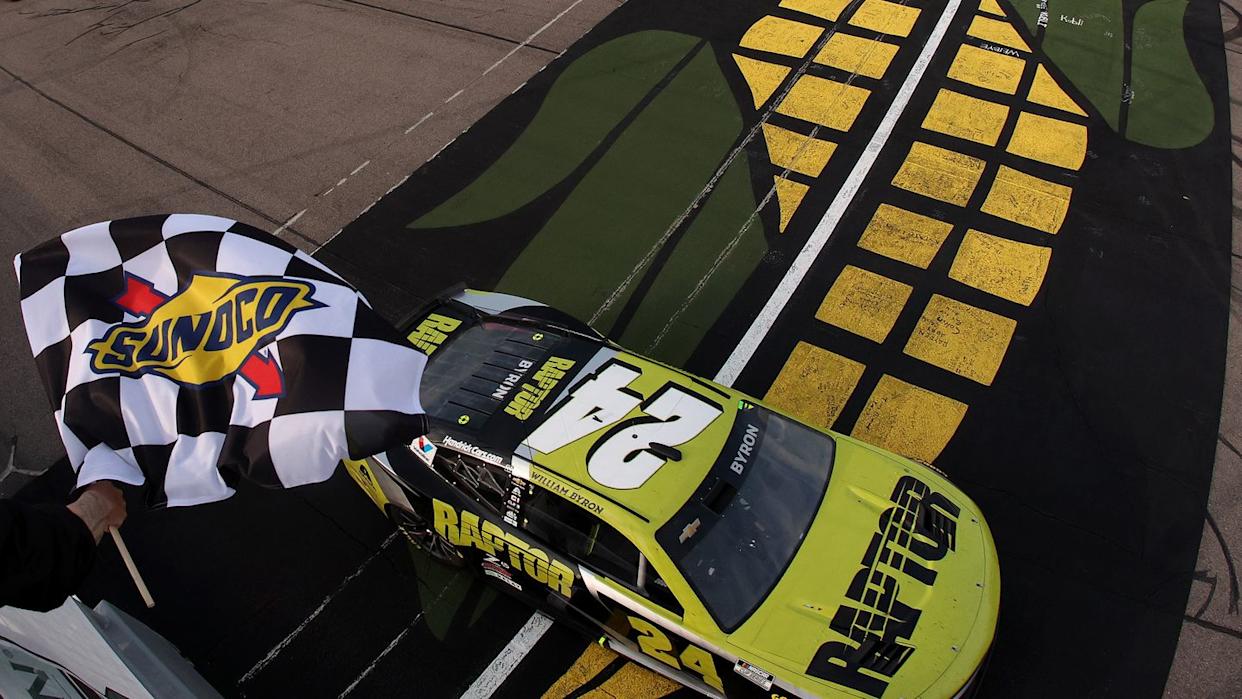

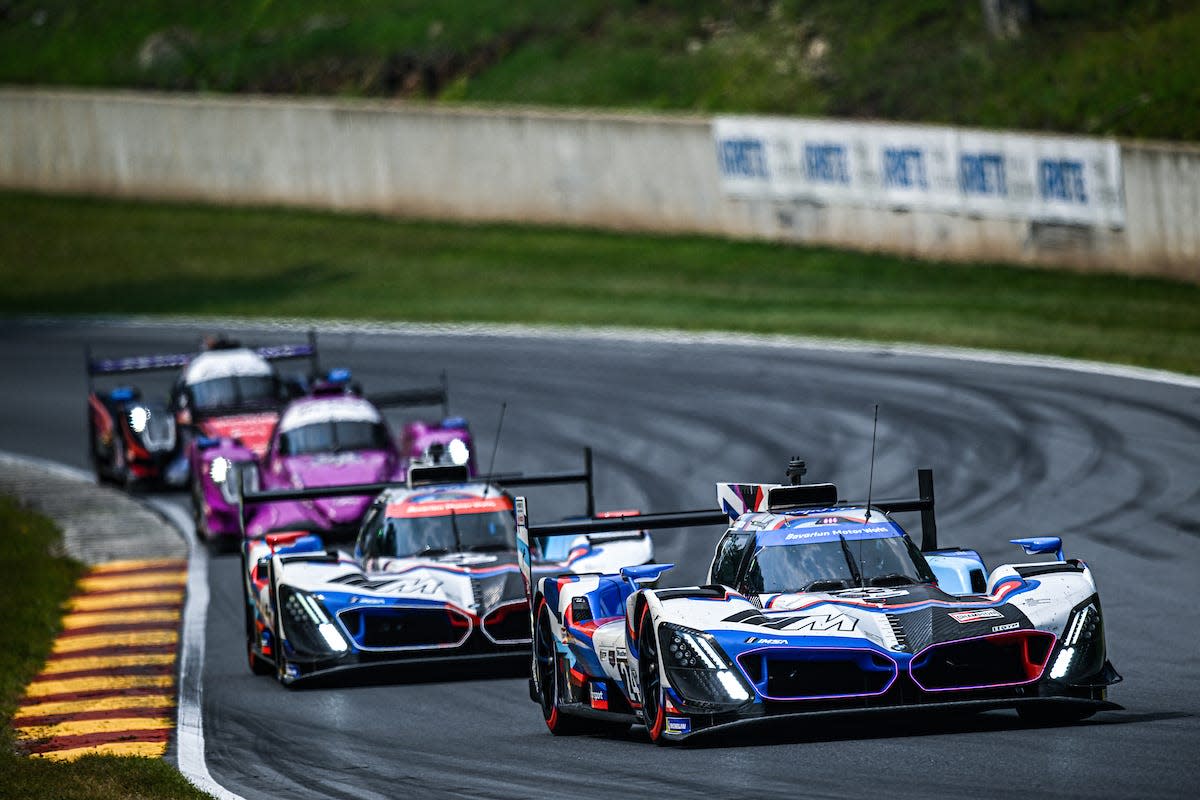
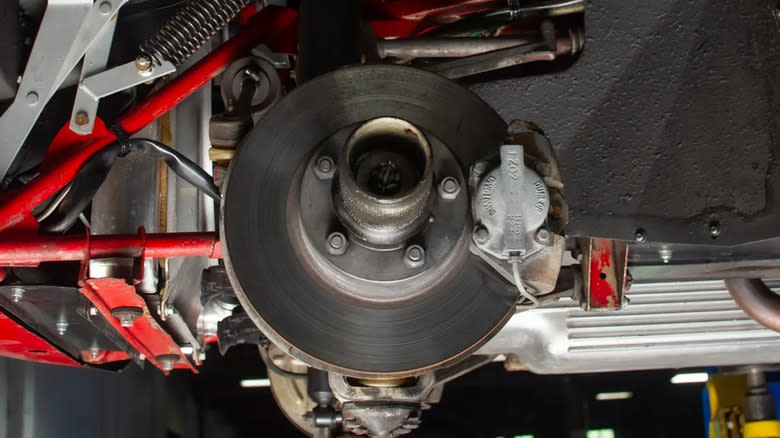
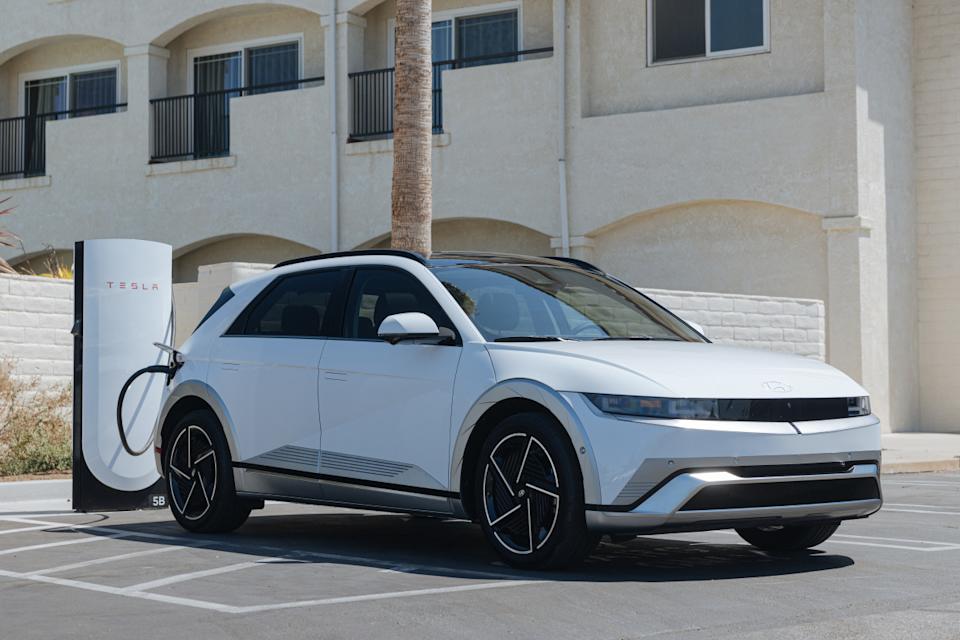
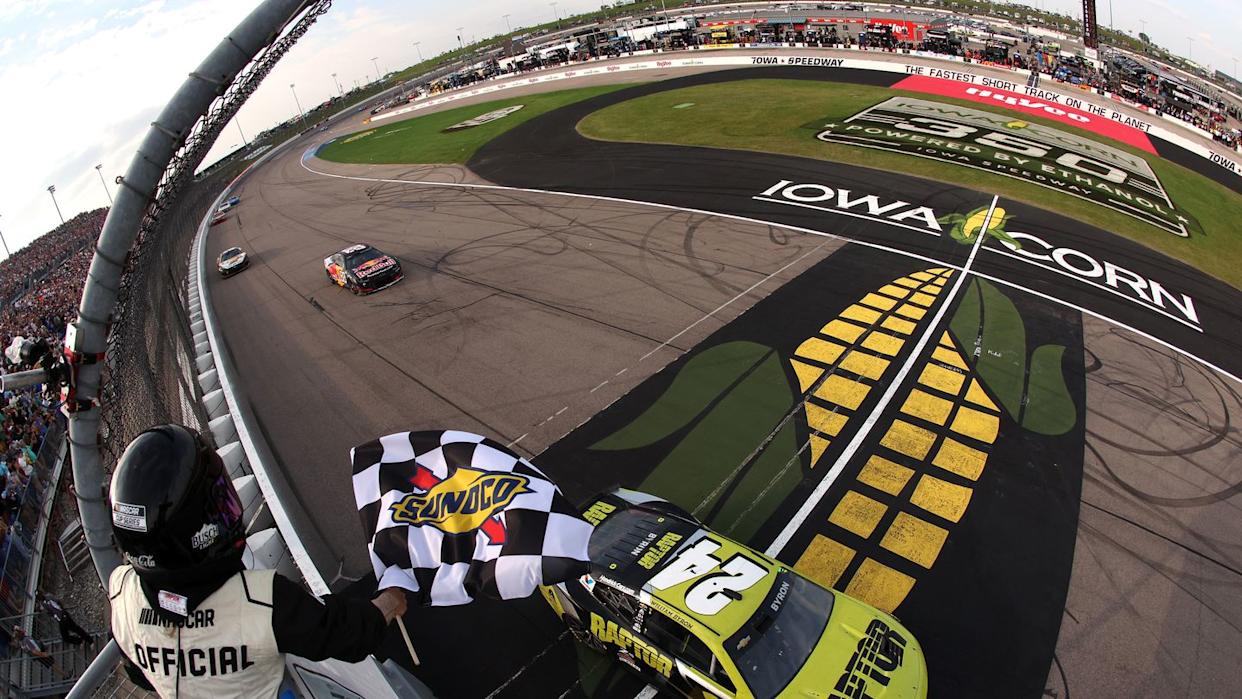
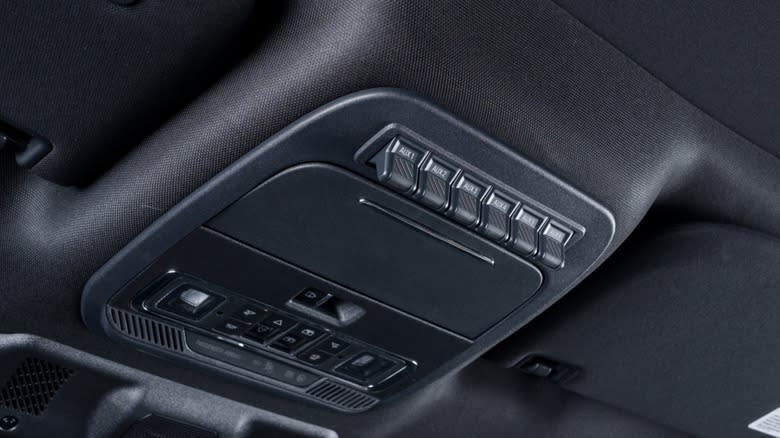
Comments